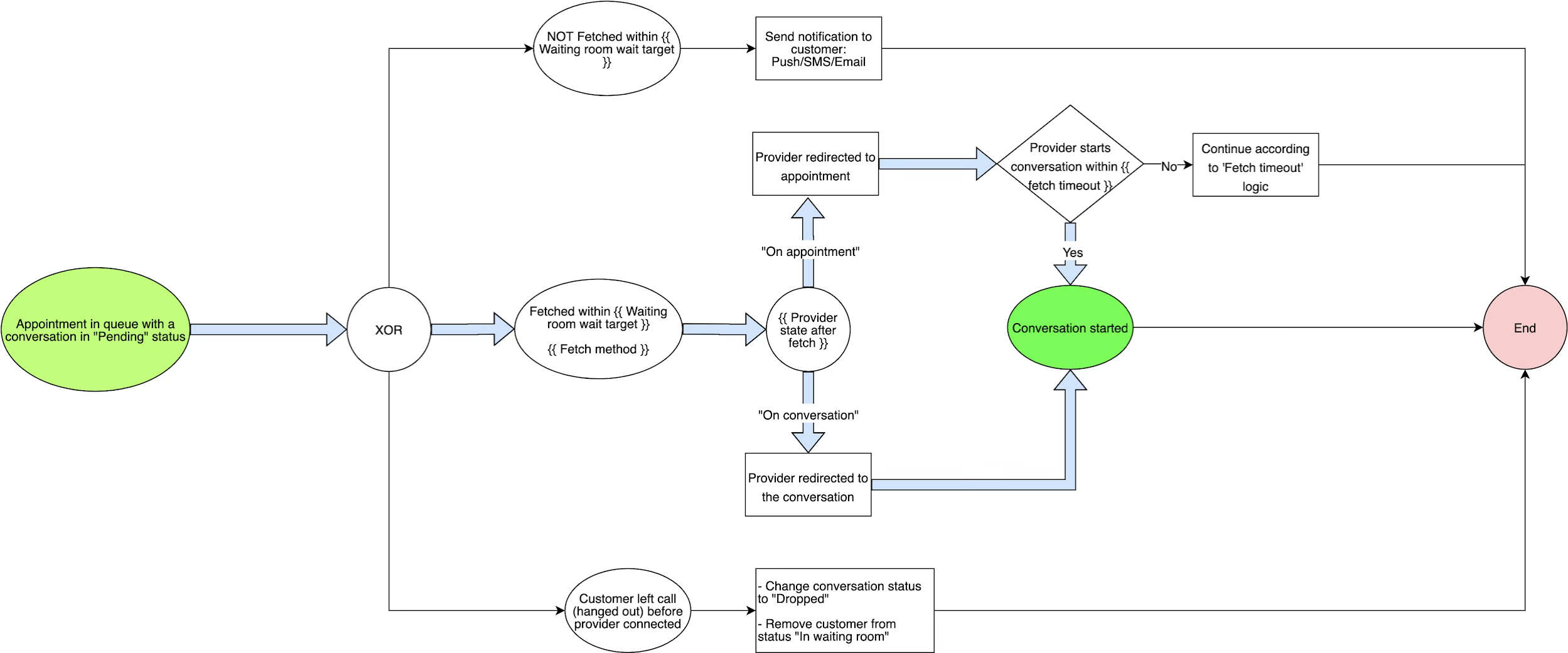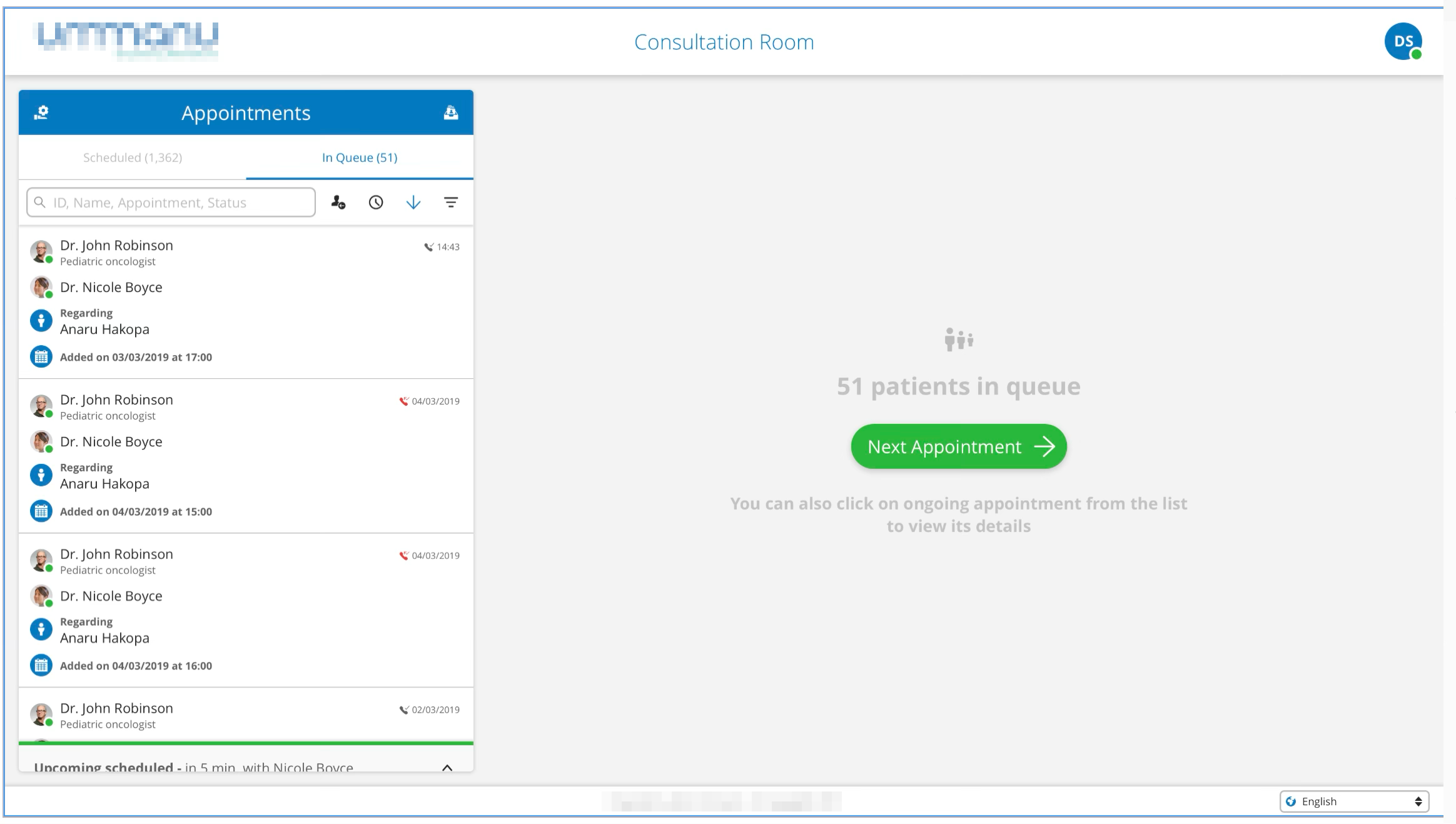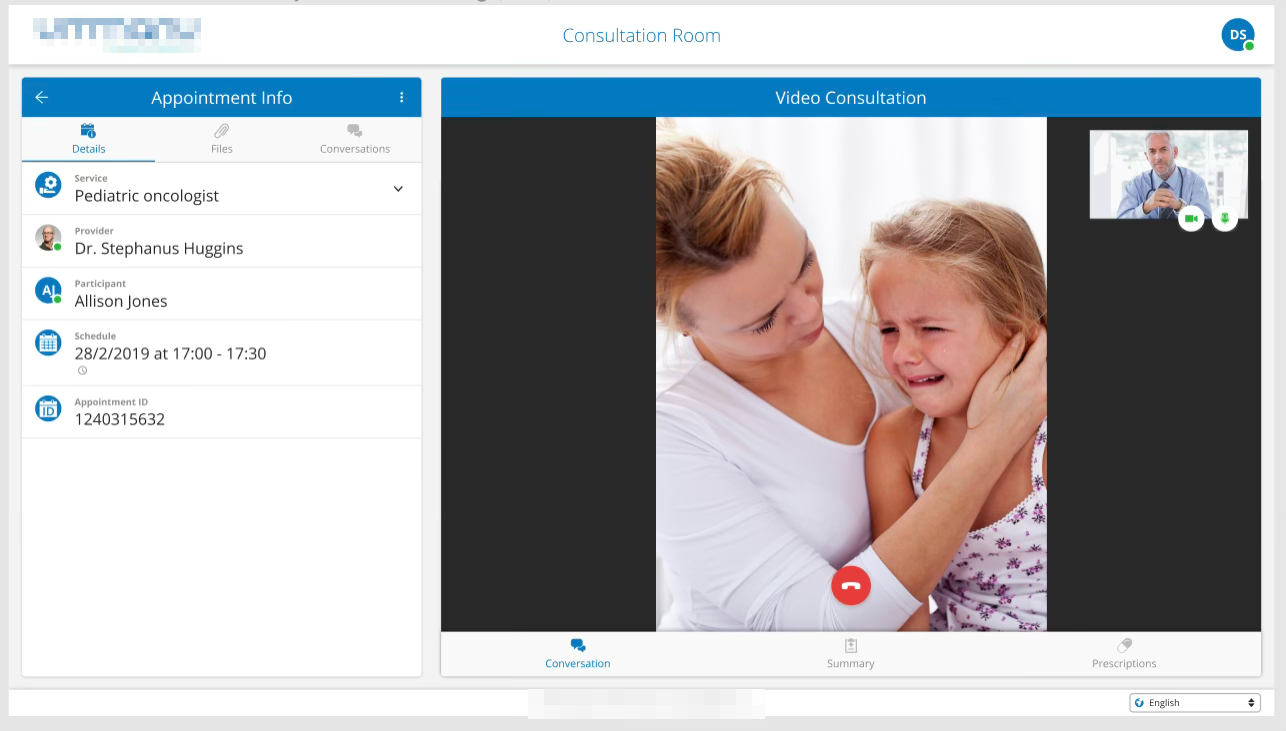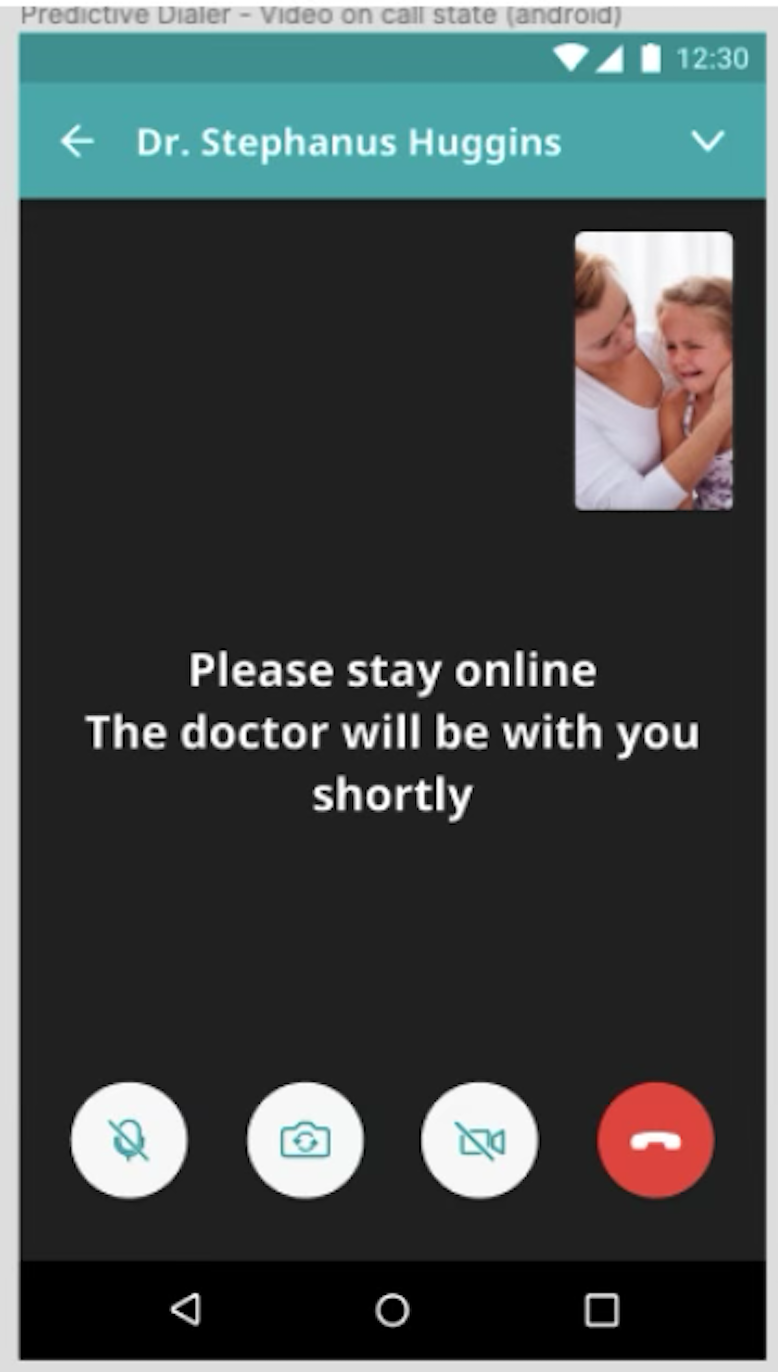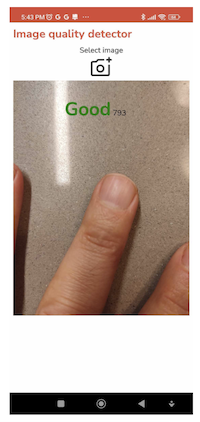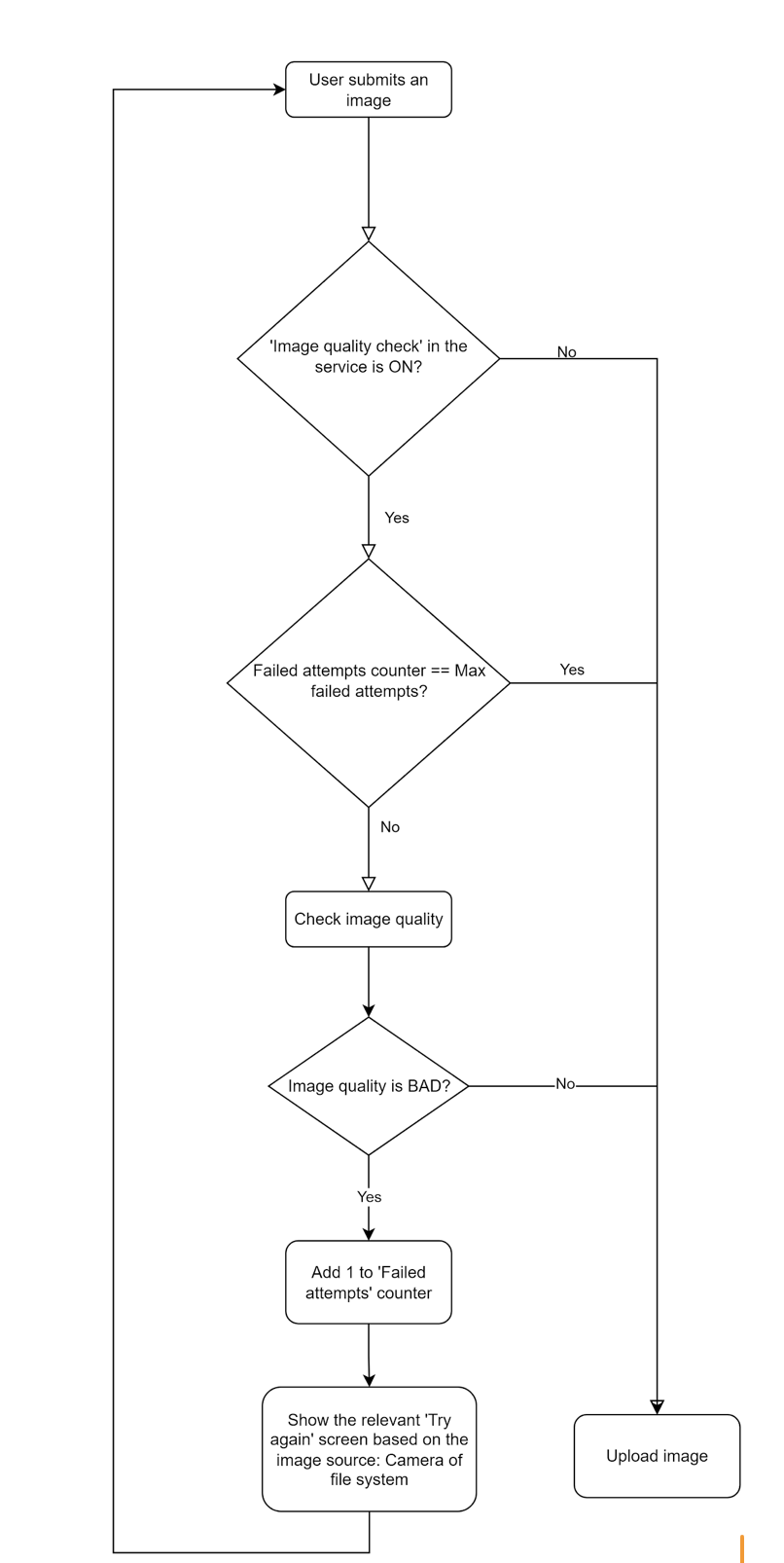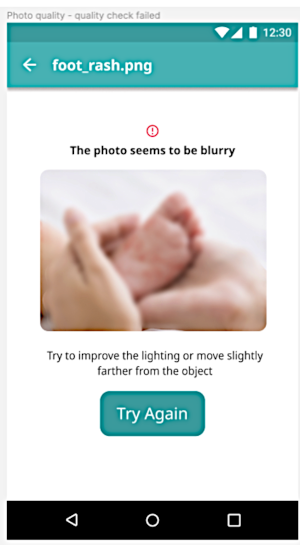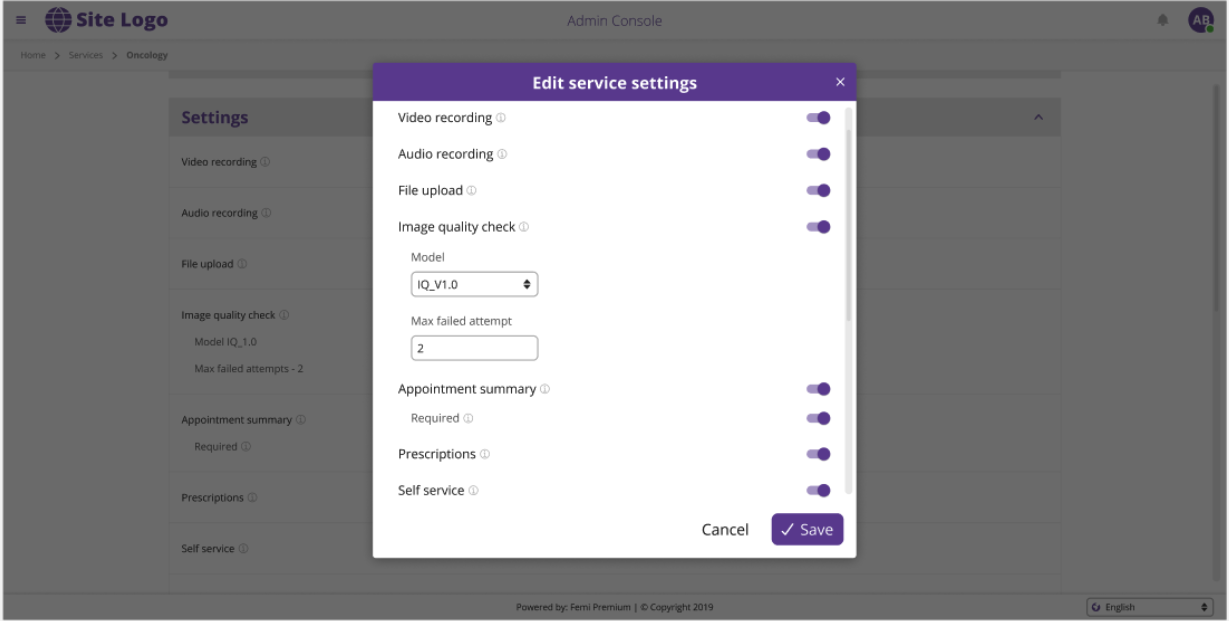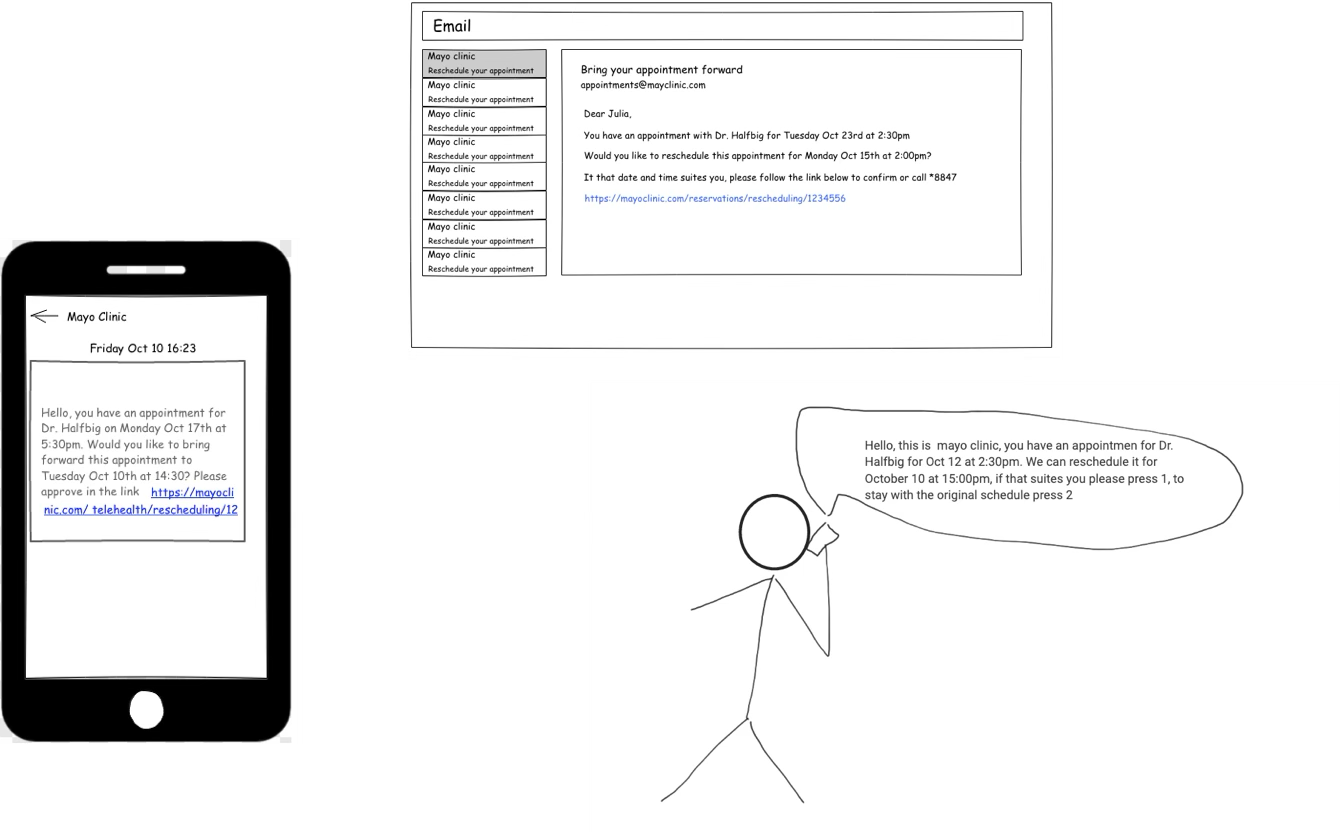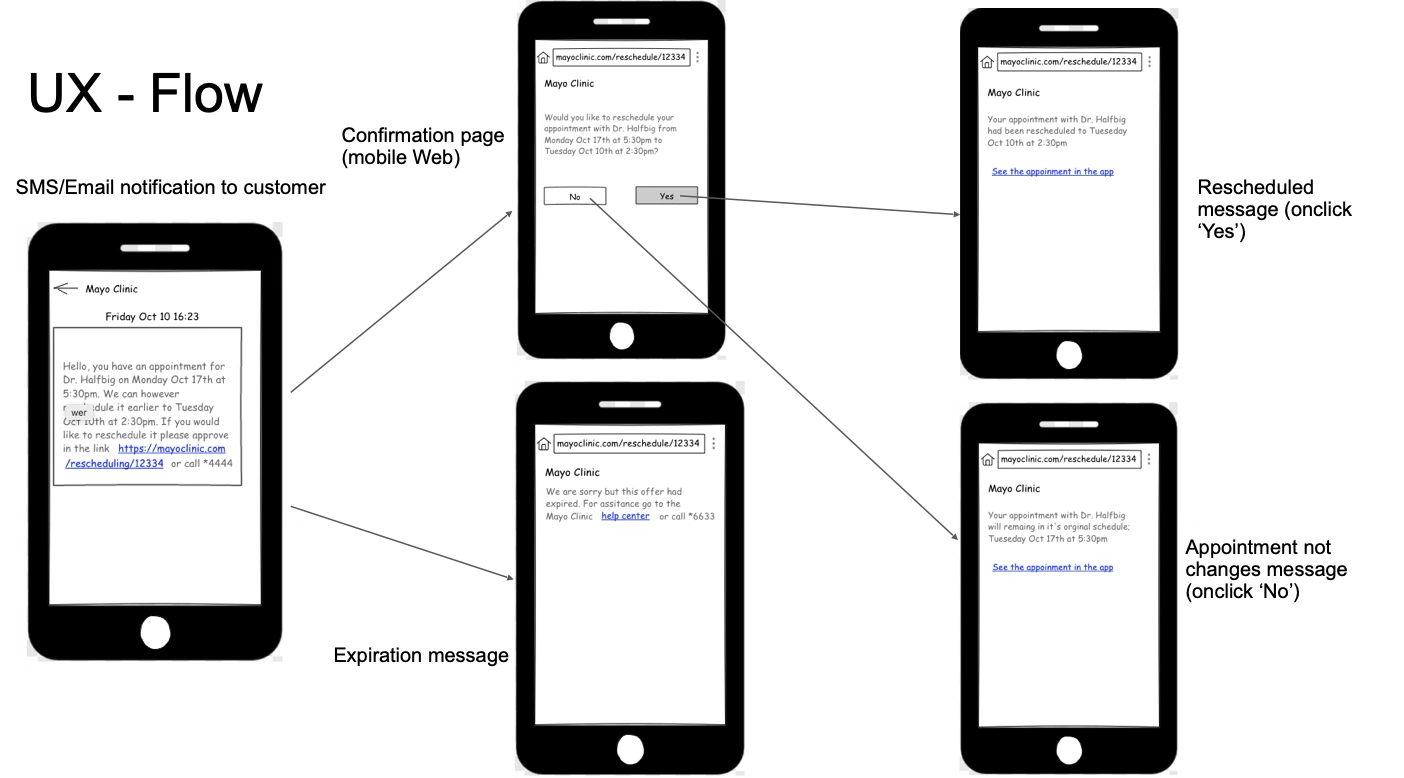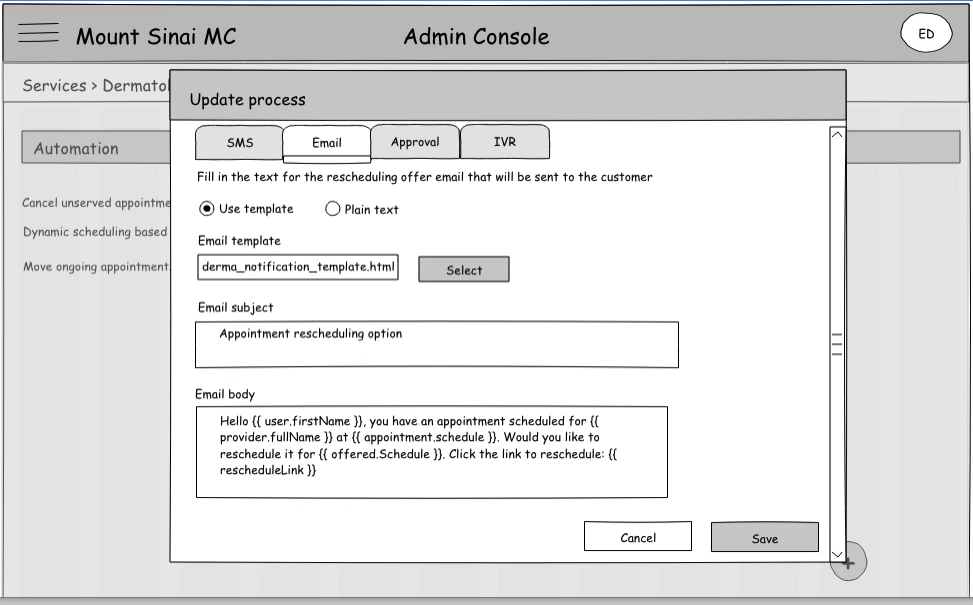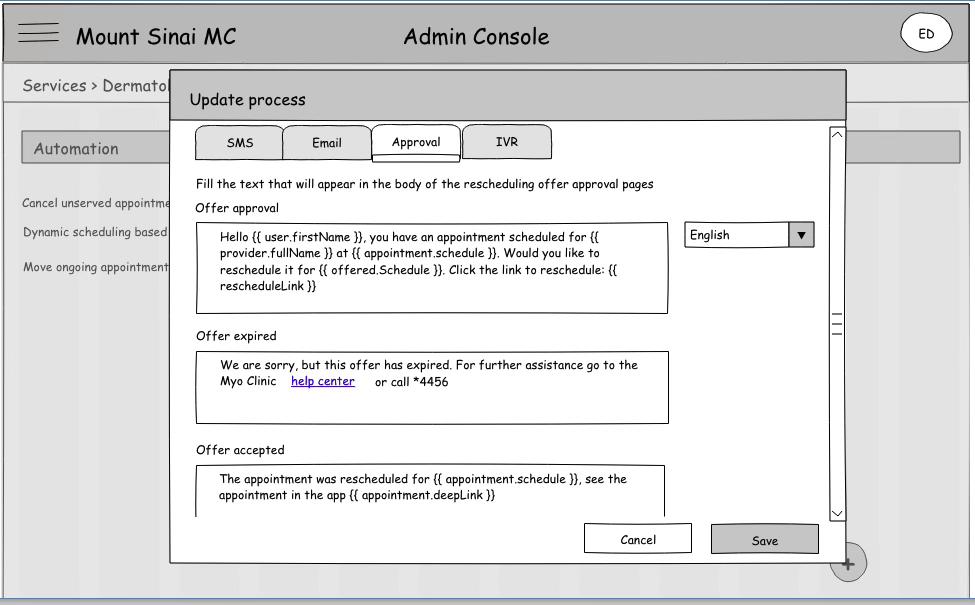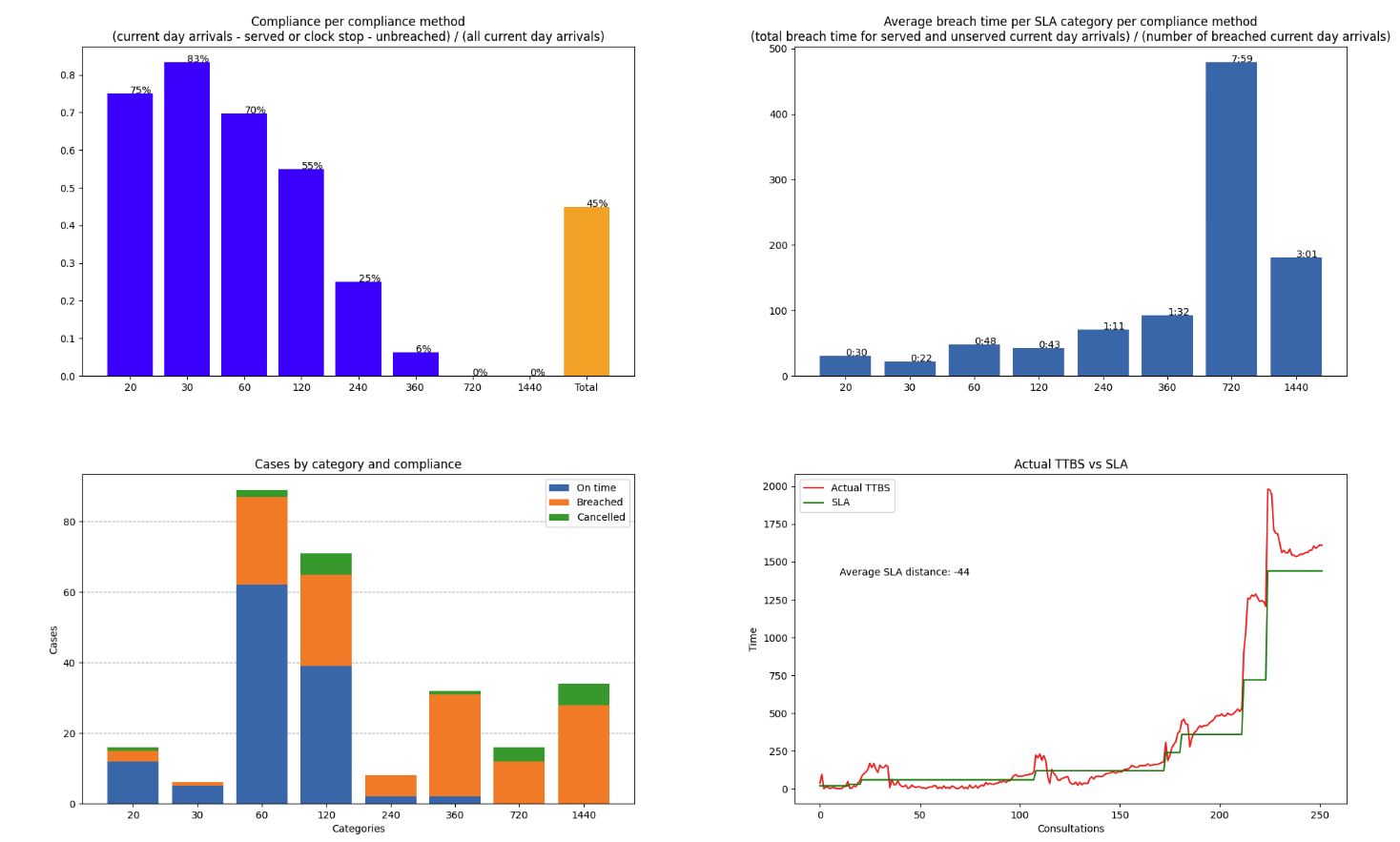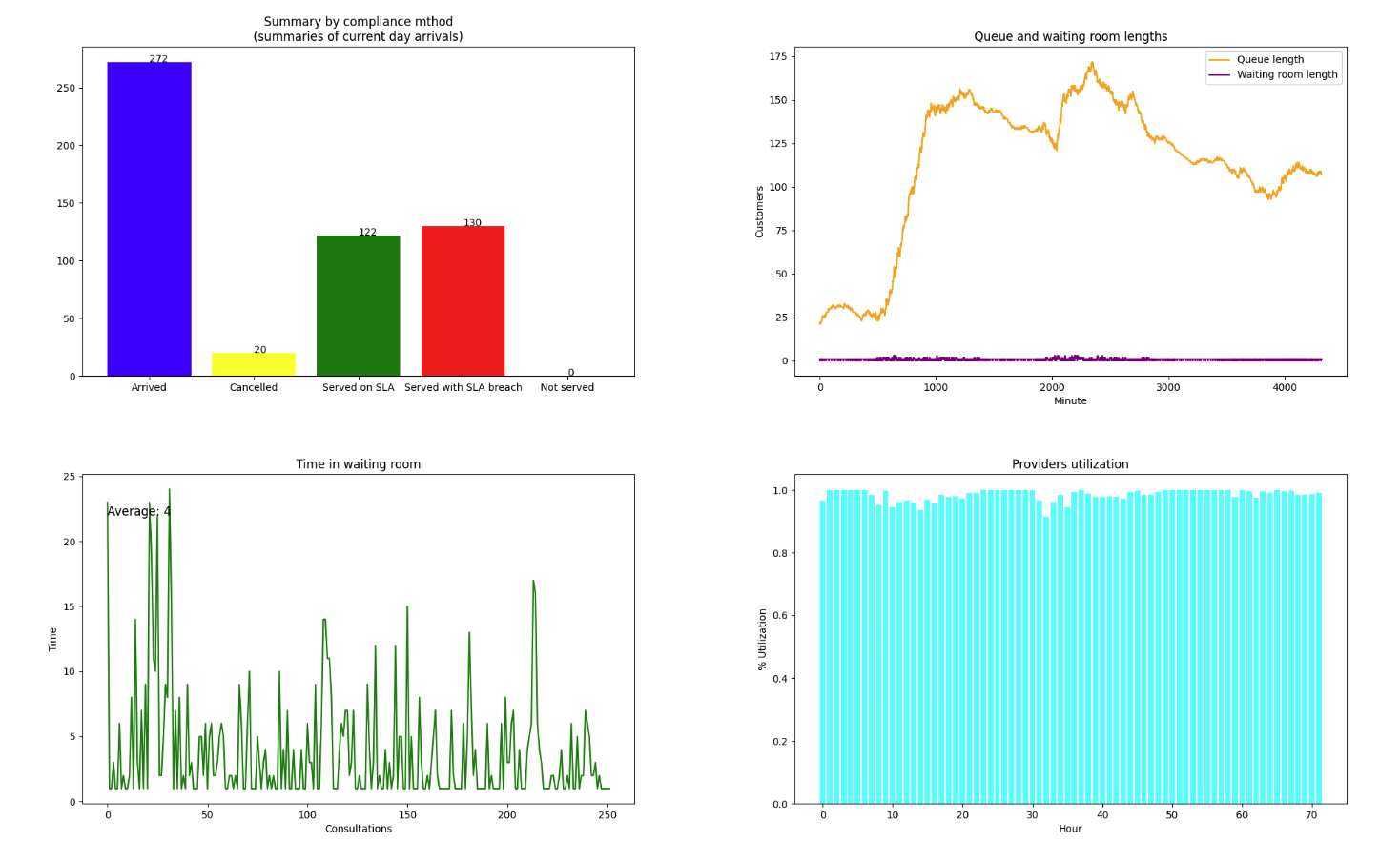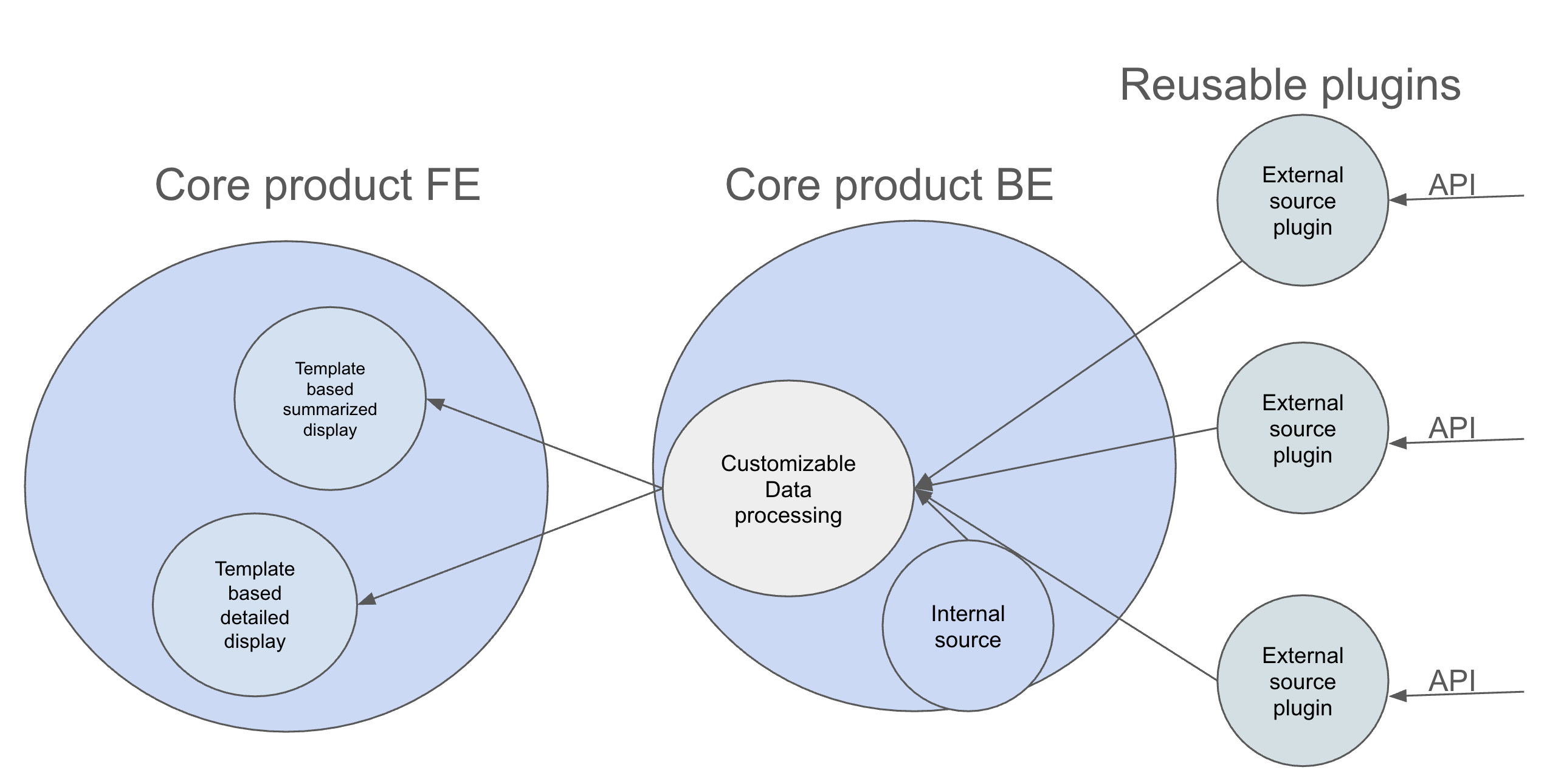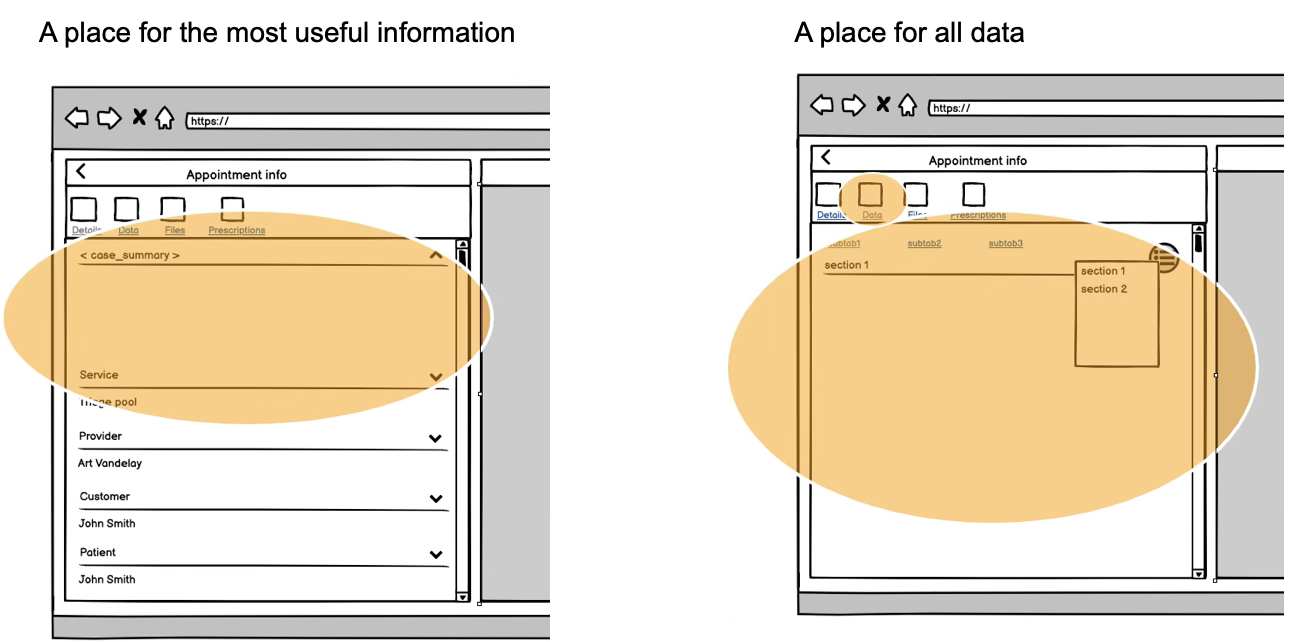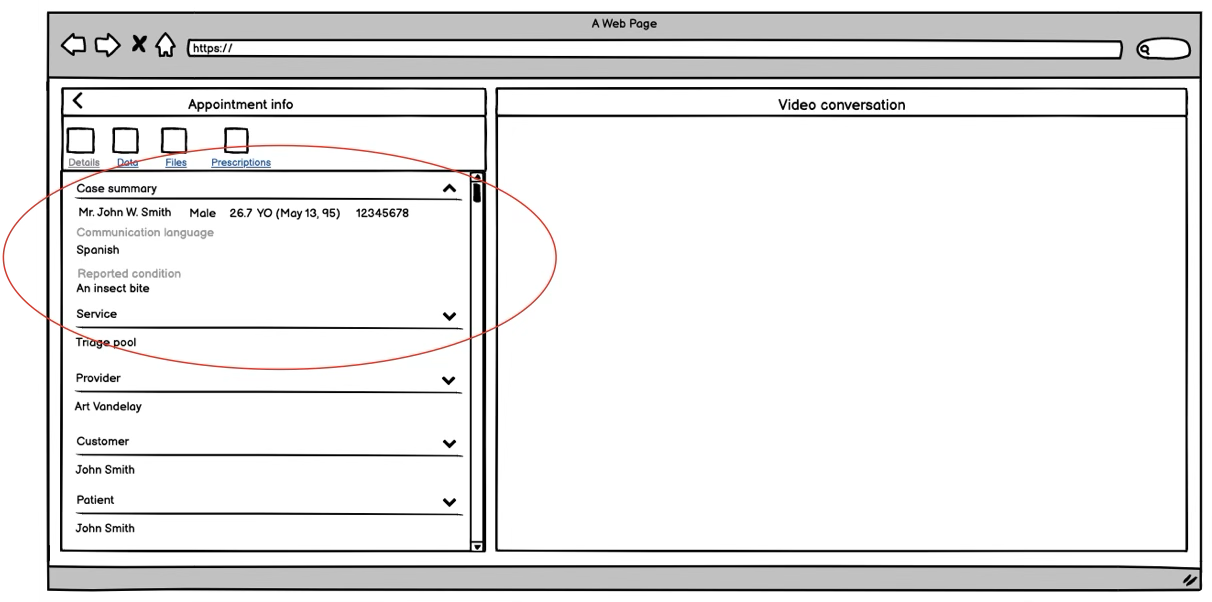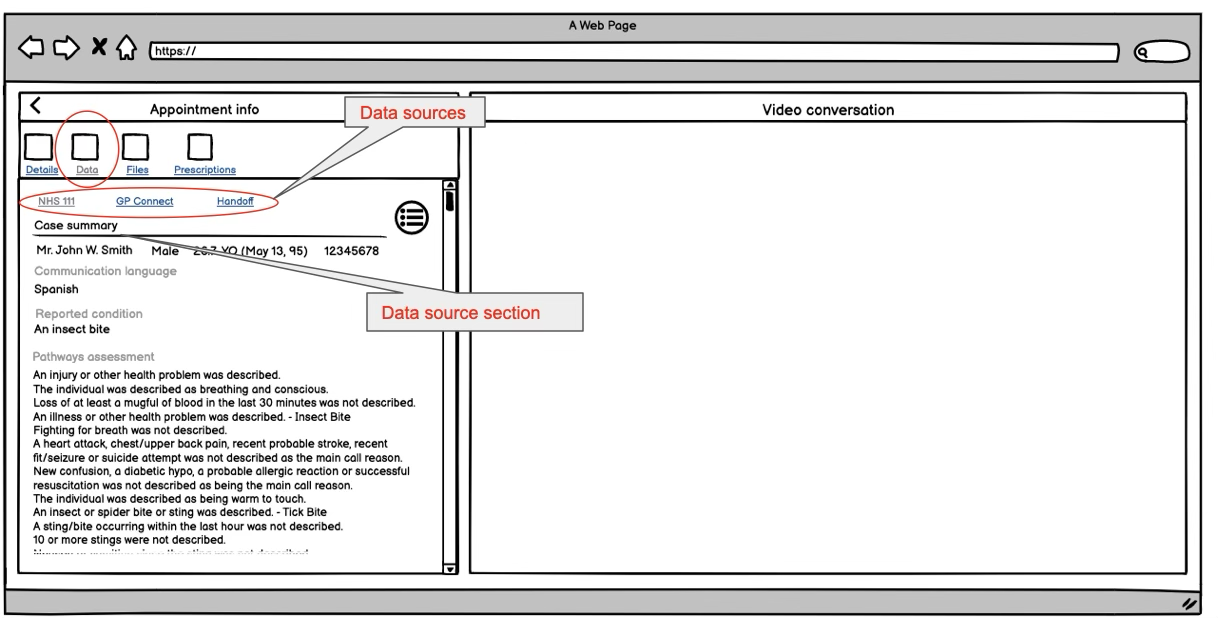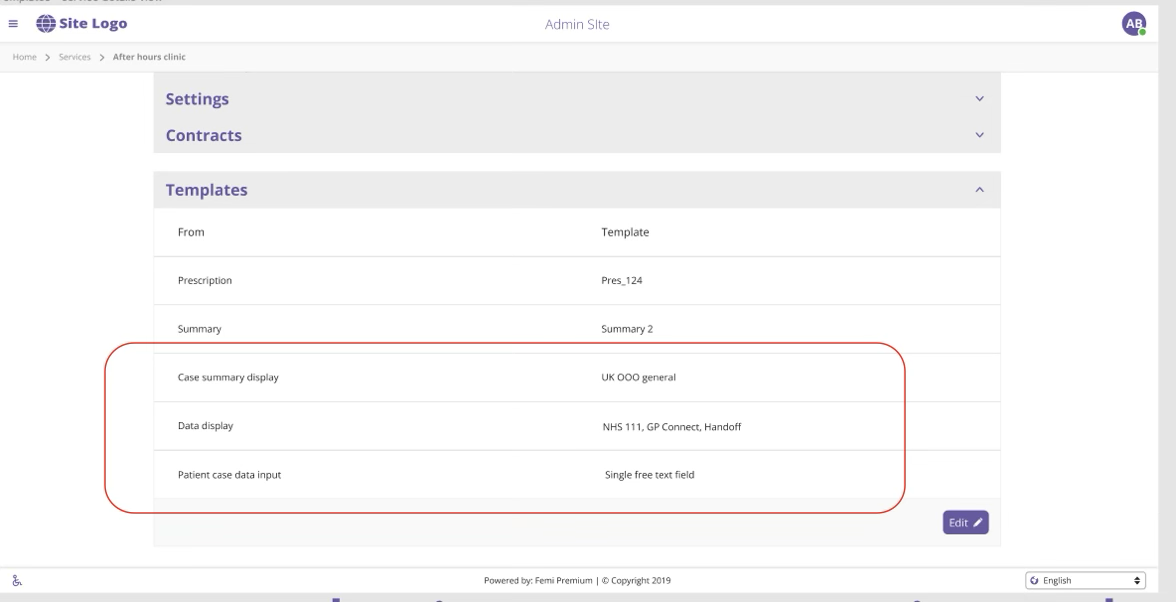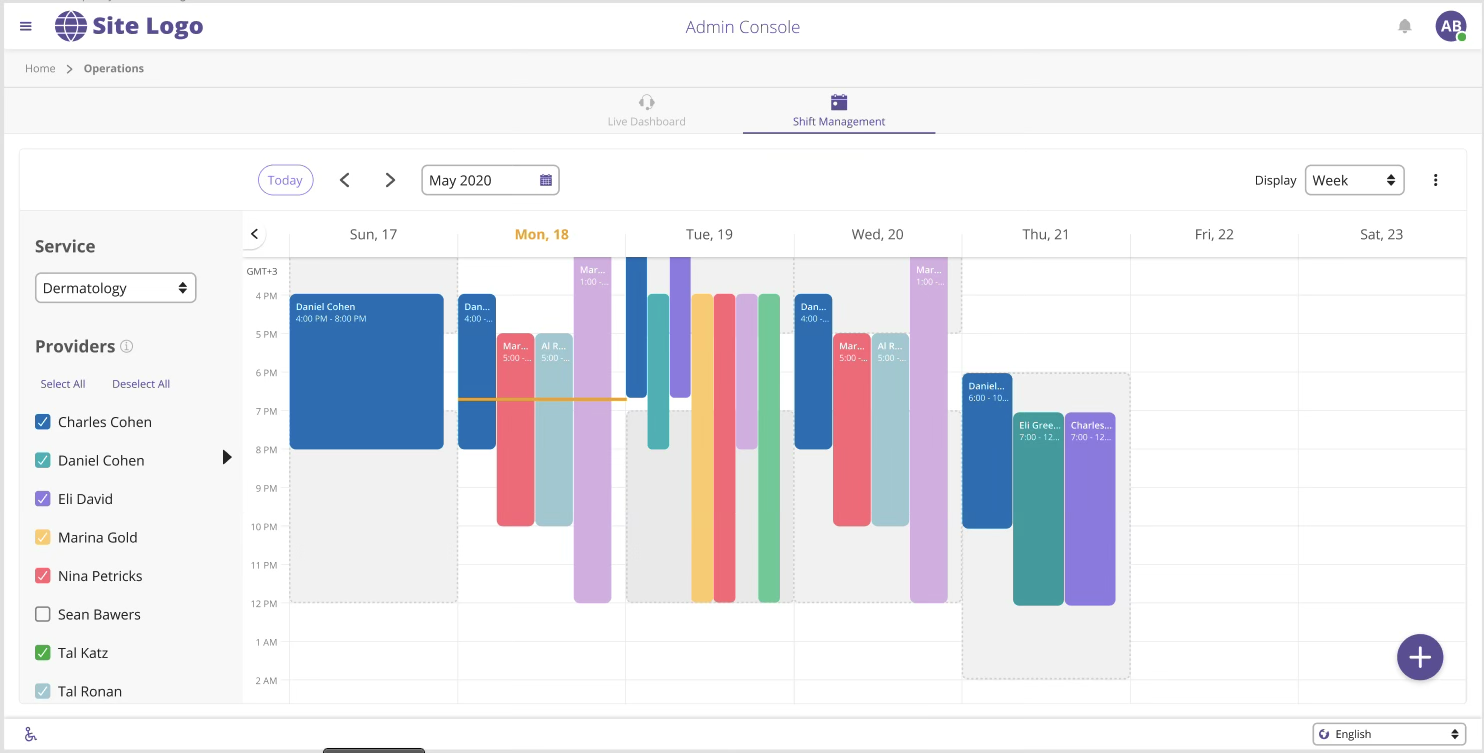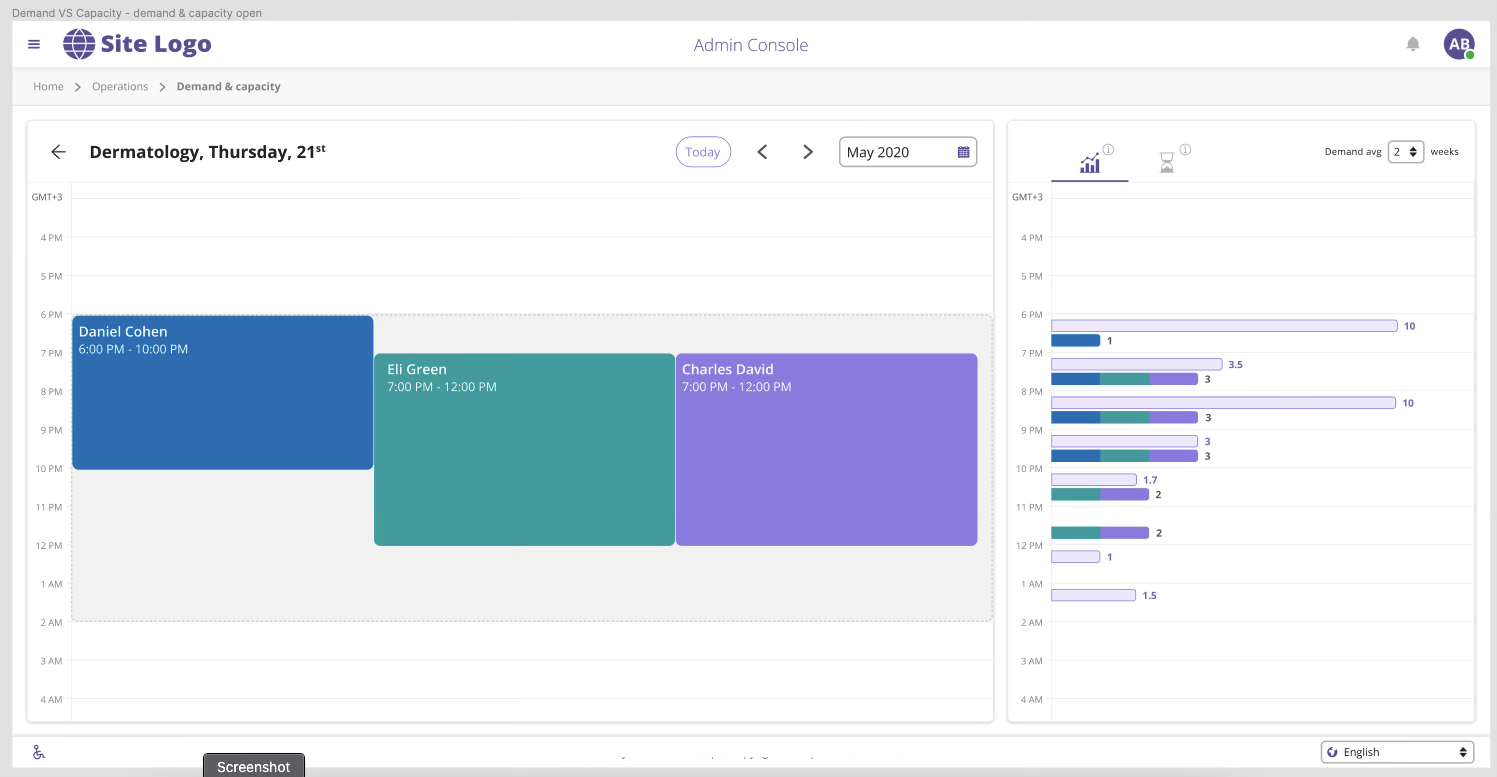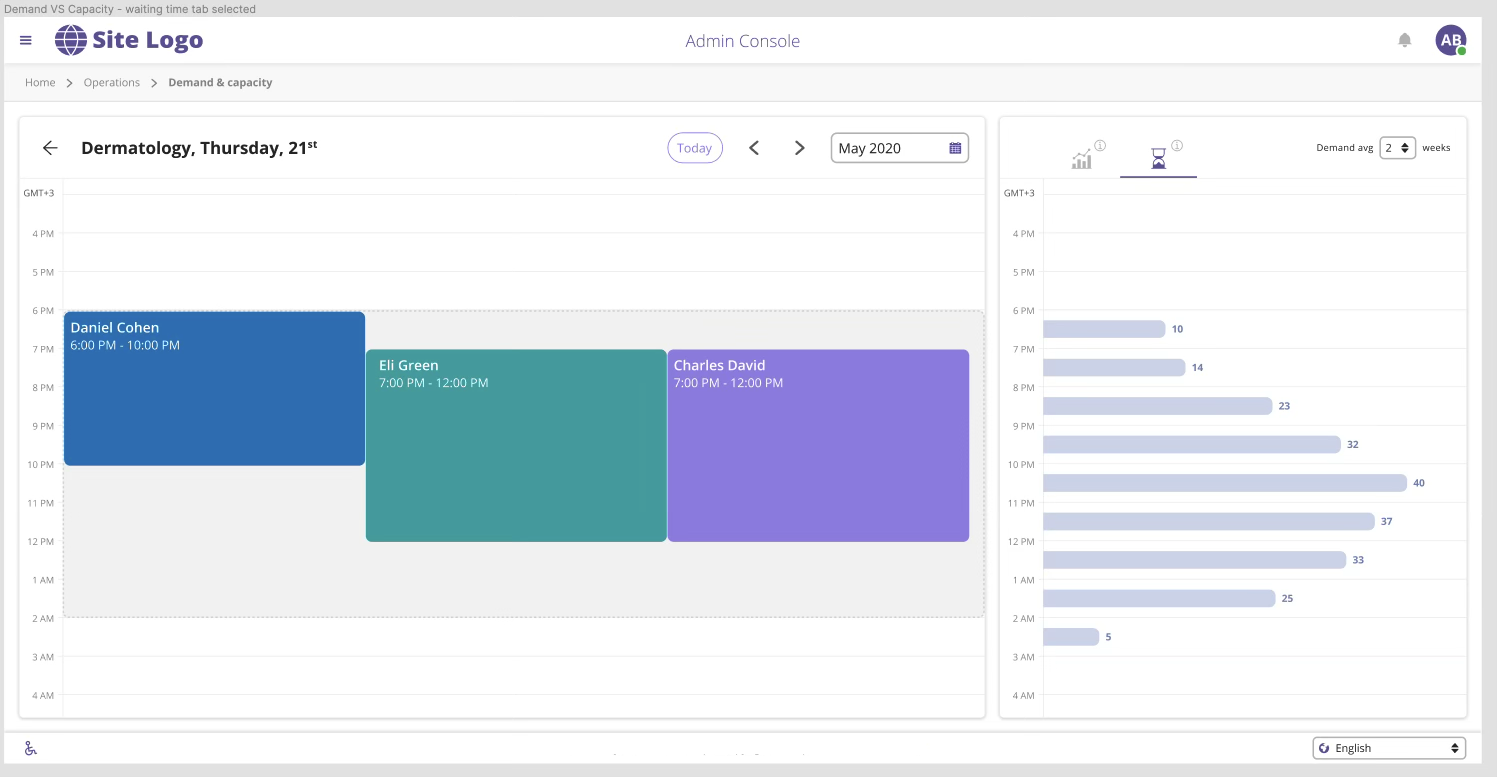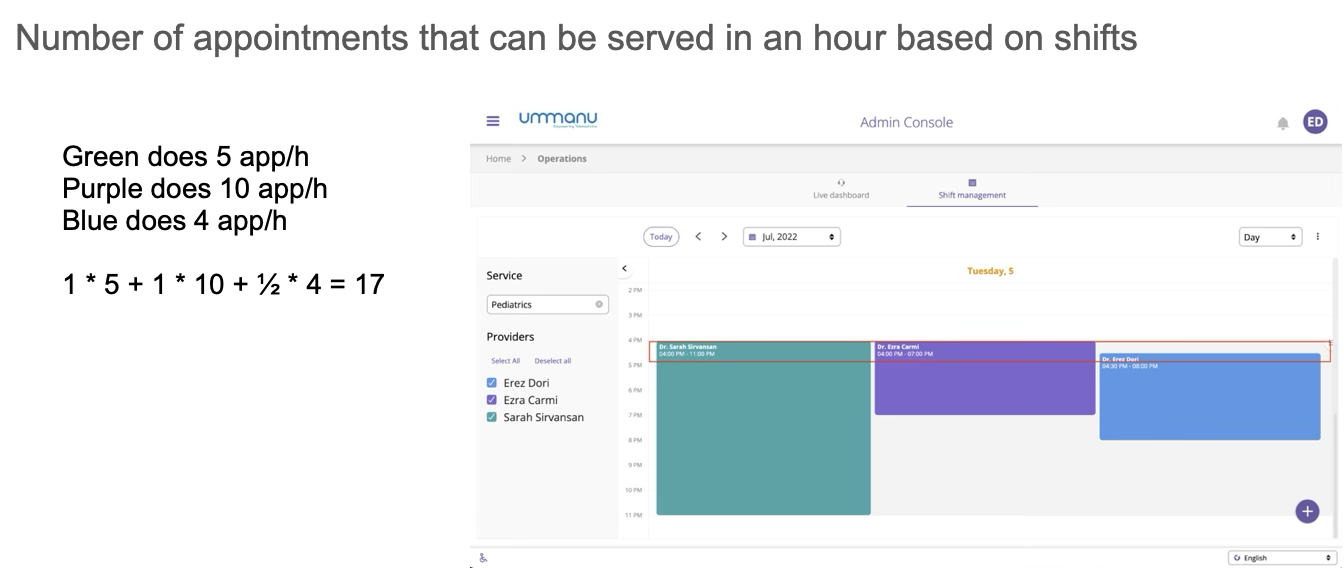
A product and technology expert
Driving products from concept to launch
Portfolio
Some examples of recent work where I have led the product side
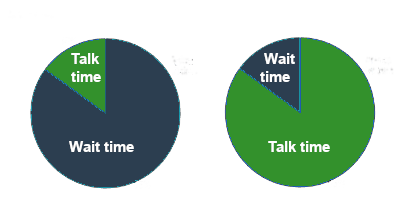


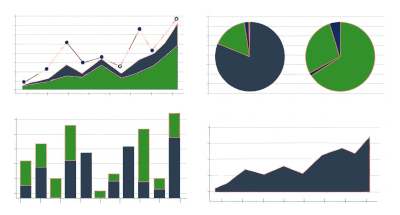

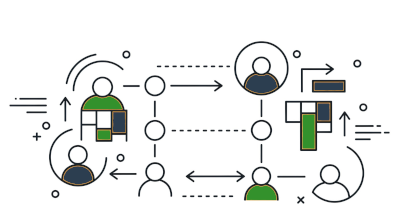
About
Best at
Leading product, design and engineering teams
Analyzing market and users unmet needs
Articulating value propositions
Building product roadmaps and MVPs
Designing user experiences and building working prototypes
Story telling
Worked with
Big corporations , small startups and as a freelancer
B2B, B2C and B2B2C products
communication, advertising, health-care and other industries
Skilled in
Python
Javascript
SQL
HTML
CSS
Neural networks
Large Language Models
Data analysis
About (by others)
".. Erez is the main simplifier, problem solver, rational thinker and counter balancer.."
".. a great listener .. a strong strategic thinker who brings brilliant ideas to the table"
"A true professional at his craft"
"Structured, insightful, and highly professional"
".. went above and beyond my expectations .. when others told me it's too complex"


